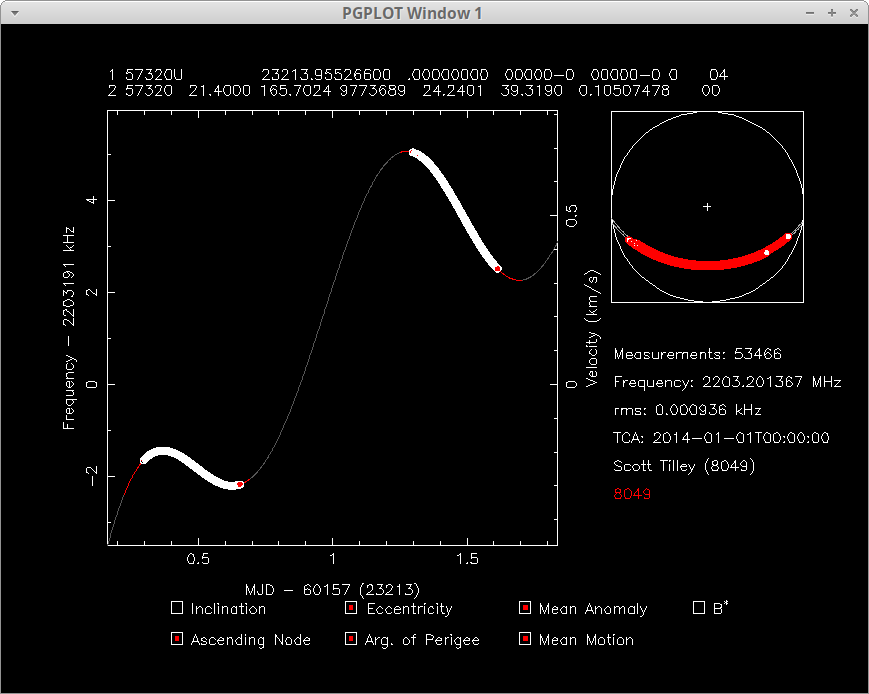What in tarnation is a Distant Retrograde Orbit (DRO)?
For those wondering what I'm waving my hands about these days about here's a THREAD about what a DRO is and why it may be something you hear a lot more of soon... (1/n)
For those wondering what I'm waving my hands about these days about here's a THREAD about what a DRO is and why it may be something you hear a lot more of soon... (1/n)

A DRO is a long term STABLE orbit for a very small mass object around the smaller of two much larger bodies that are in a two-body orbital system. As the Earth has a Moon, one could place a spacecraft in a DRO of the Moon. (2/n) web.archive.org/web/2015011122… 

The general parameters of a DRO are about +/- 70000km form the Moon along the axis to the Earth and between 70000-110000km on the perpendicular axis. The period is around 13-14 days. This is why it's call 'distant'.
Most lunar orbits can be rather unstable due to MASCONS, require periodic station keeping (fuel). A DRO offers a stable (decades+), low cost place to come and park your spacecraft or asteroid of that matter. (3/n) science.nasa.gov/science-news/s… 

A DRO of the Moon as seen from above orbits around the Earth-Moon L1 and L2 points and is called retrograde as it orbits in the direction opposite of the Moon's orbital motion around Earth. From Earth it would appear to move around the Moon in a periodic manner over weeks. (4/n) 



#NASA plans on placing the first SLS EM-1 mission into a DRO. If #Change5 is now presently in a DRO then it would be the first time a man made object has used such an orbit. (5/n) ntrs.nasa.gov/api/citations/… 

What else could a DRO be used for? If you wanted to bring something from deep space you could park it in a Lunar DRO fairly cheaply. Say you had an asteroid you wanted to mine? (6/n) nasa.gov/content/what-i…
If China has sent #Change5 into deep space Earth-Sun L1 point over 1.5 million km away return to the Earth-Moon system, used the Moon's gravity in two encounters to navigate to a DRO it would be an impressive demonstration of astrogation. 

• • •
Missing some Tweet in this thread? You can try to
force a refresh



















